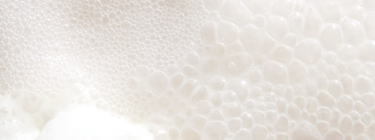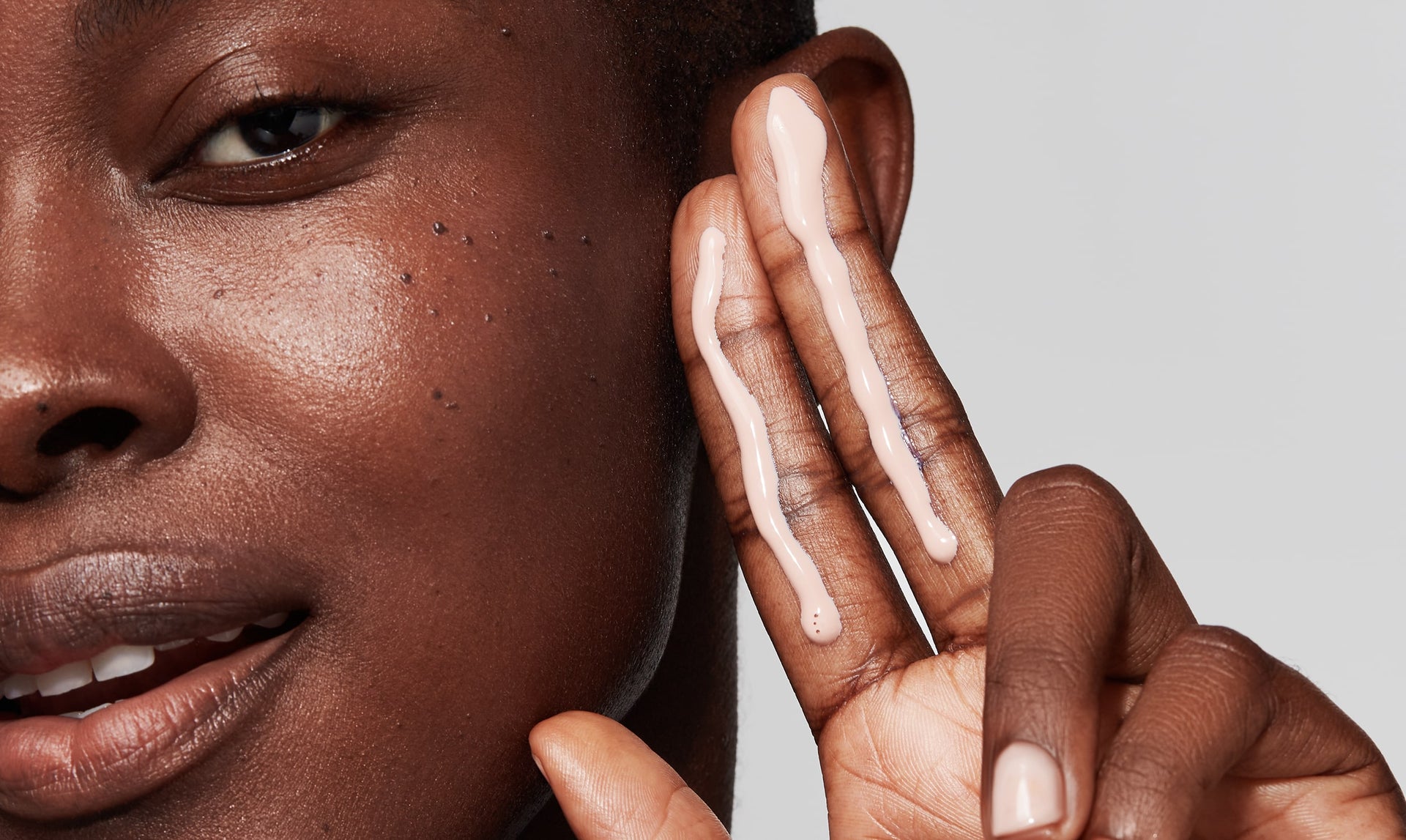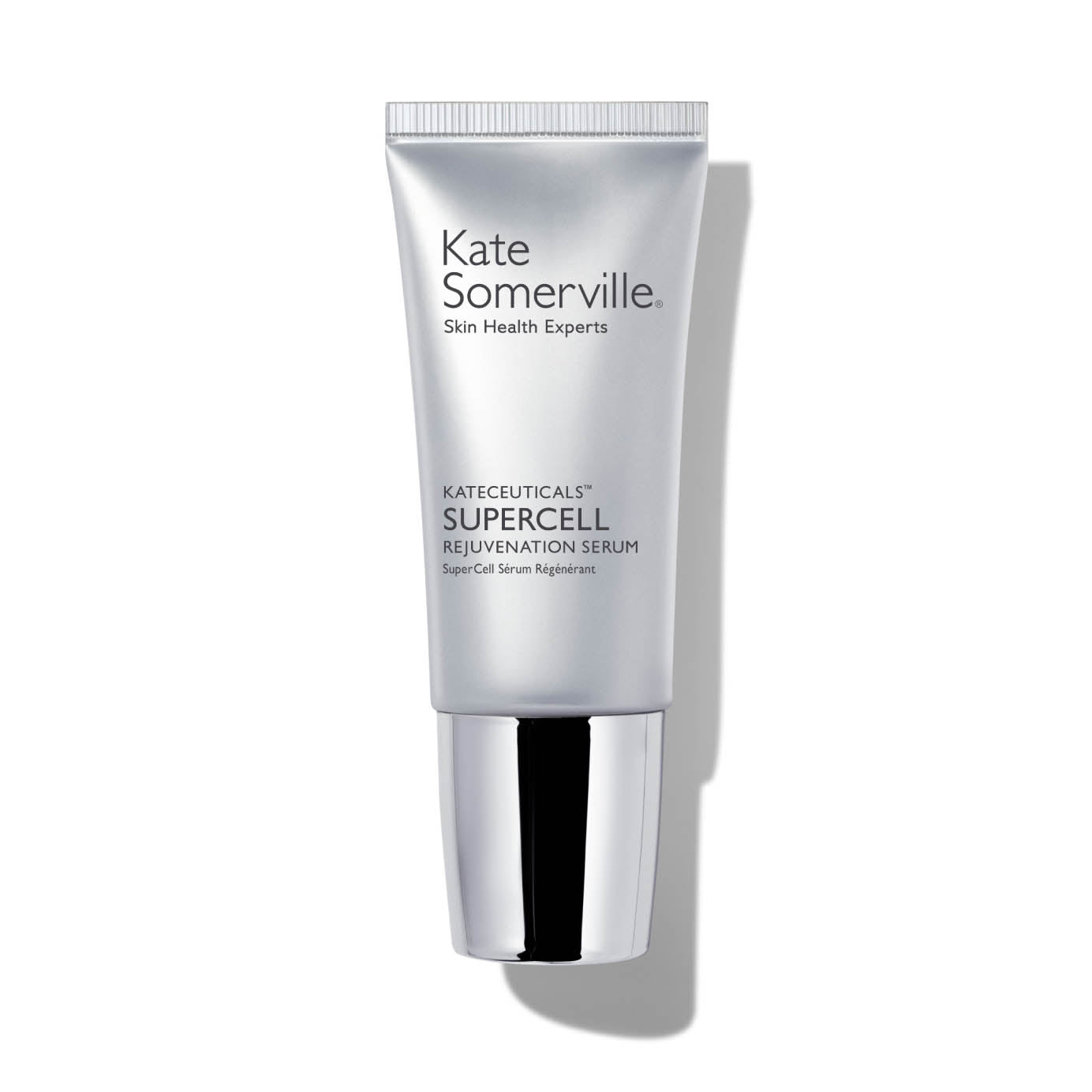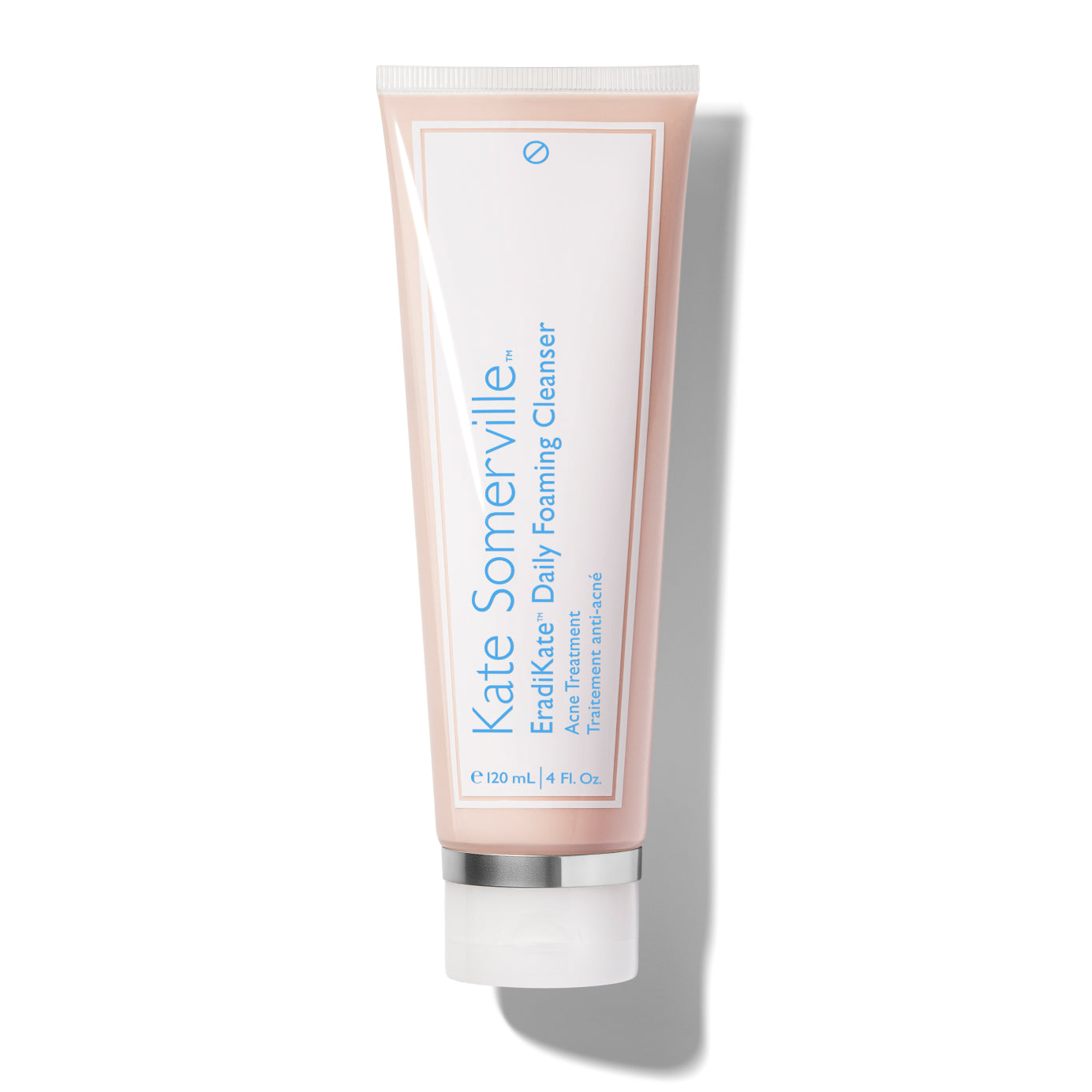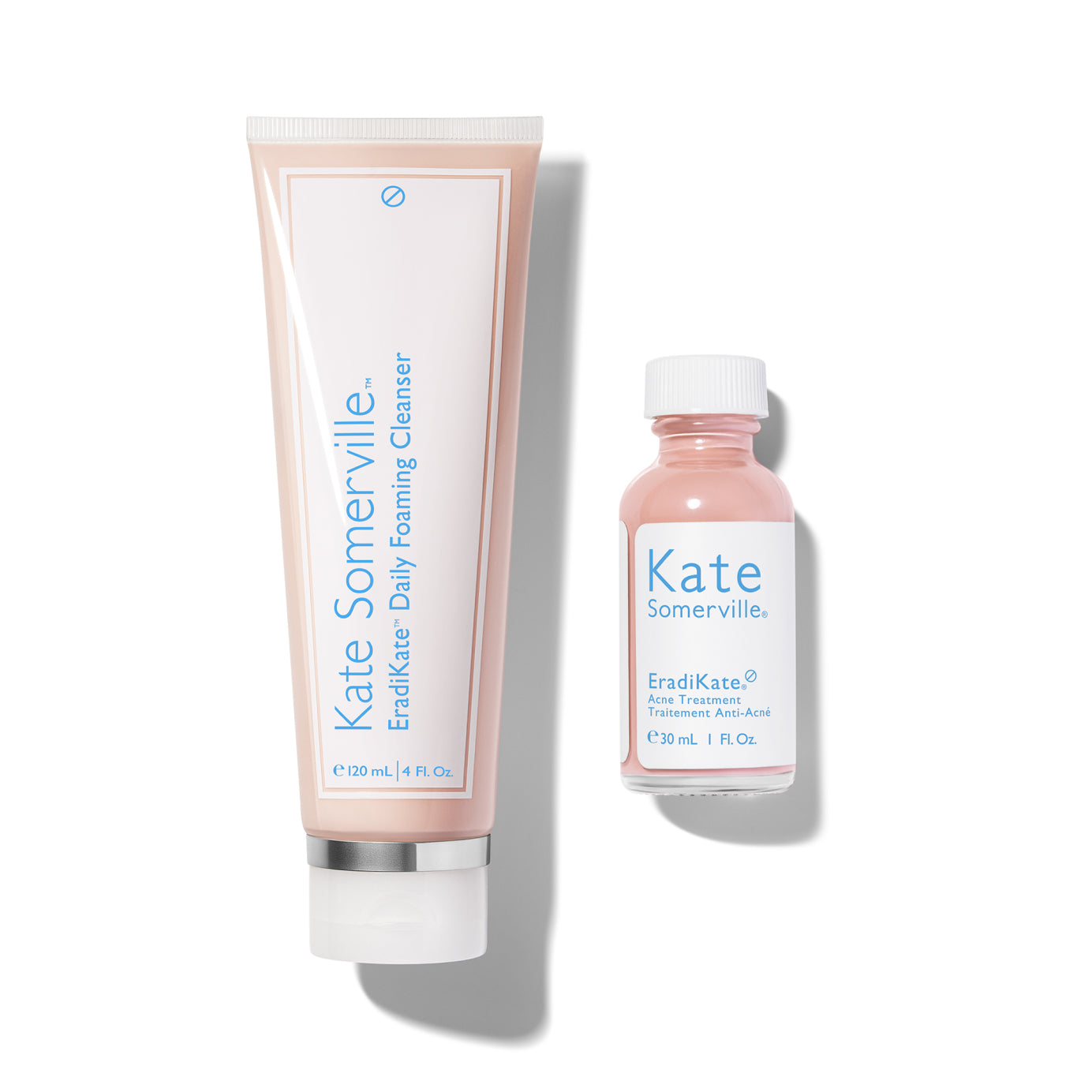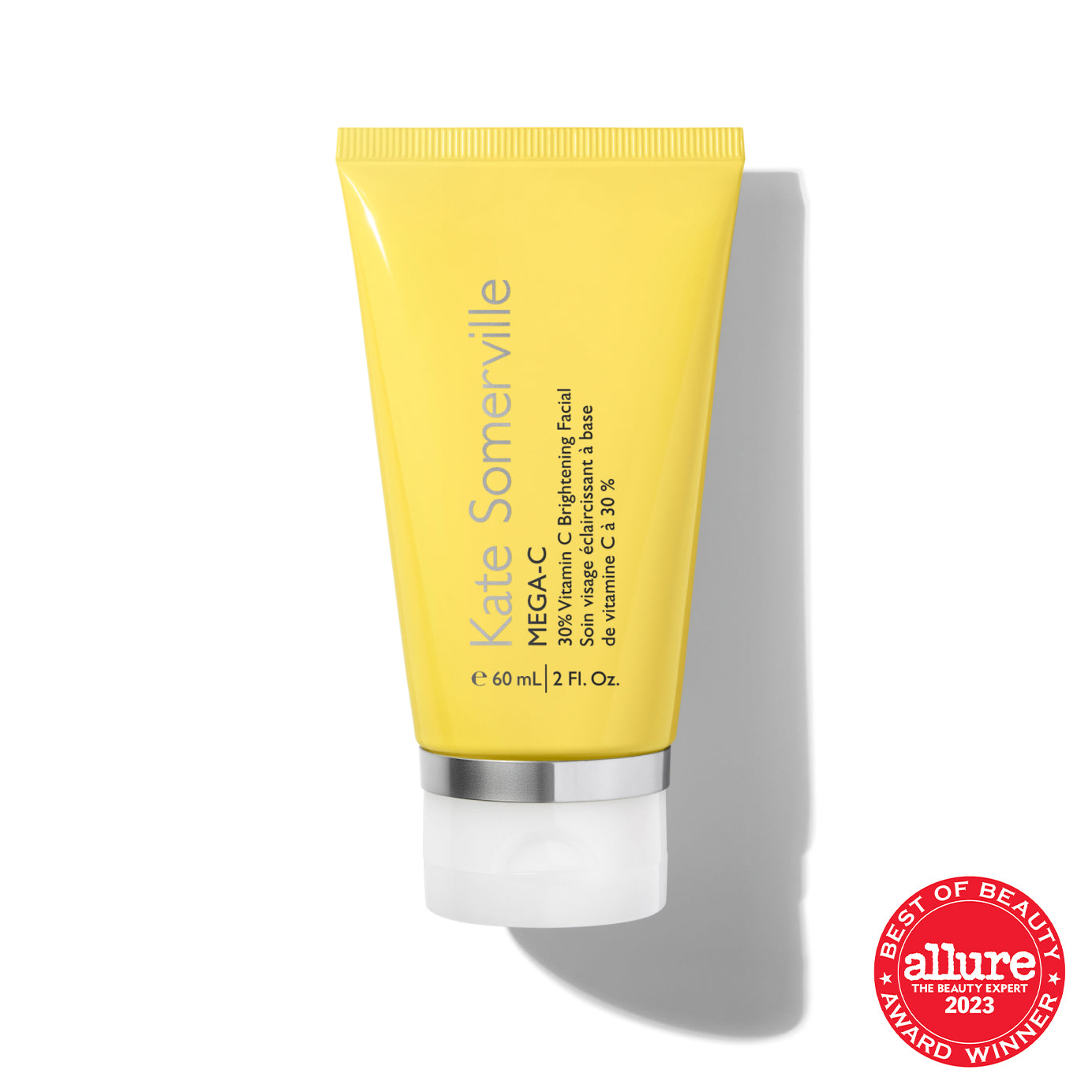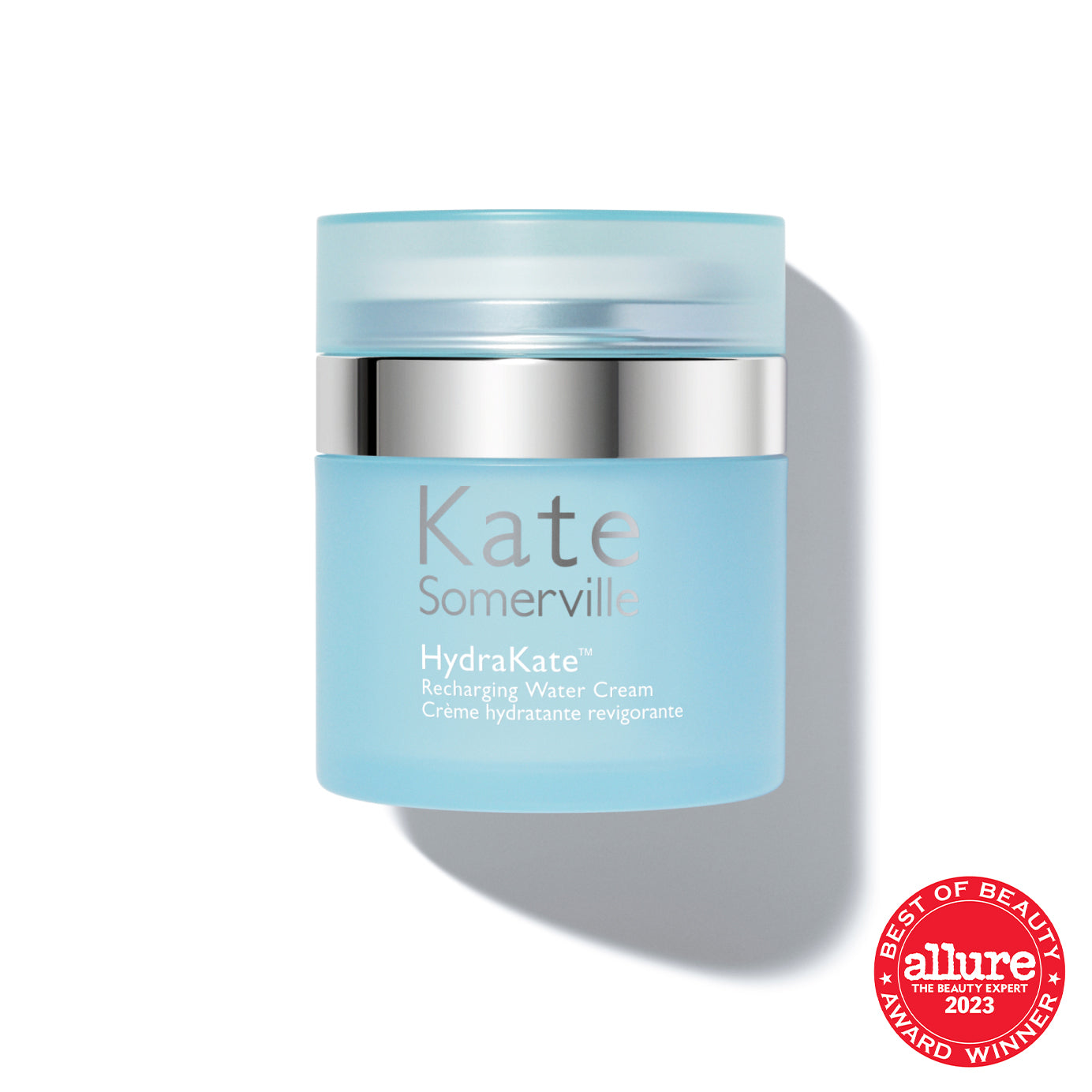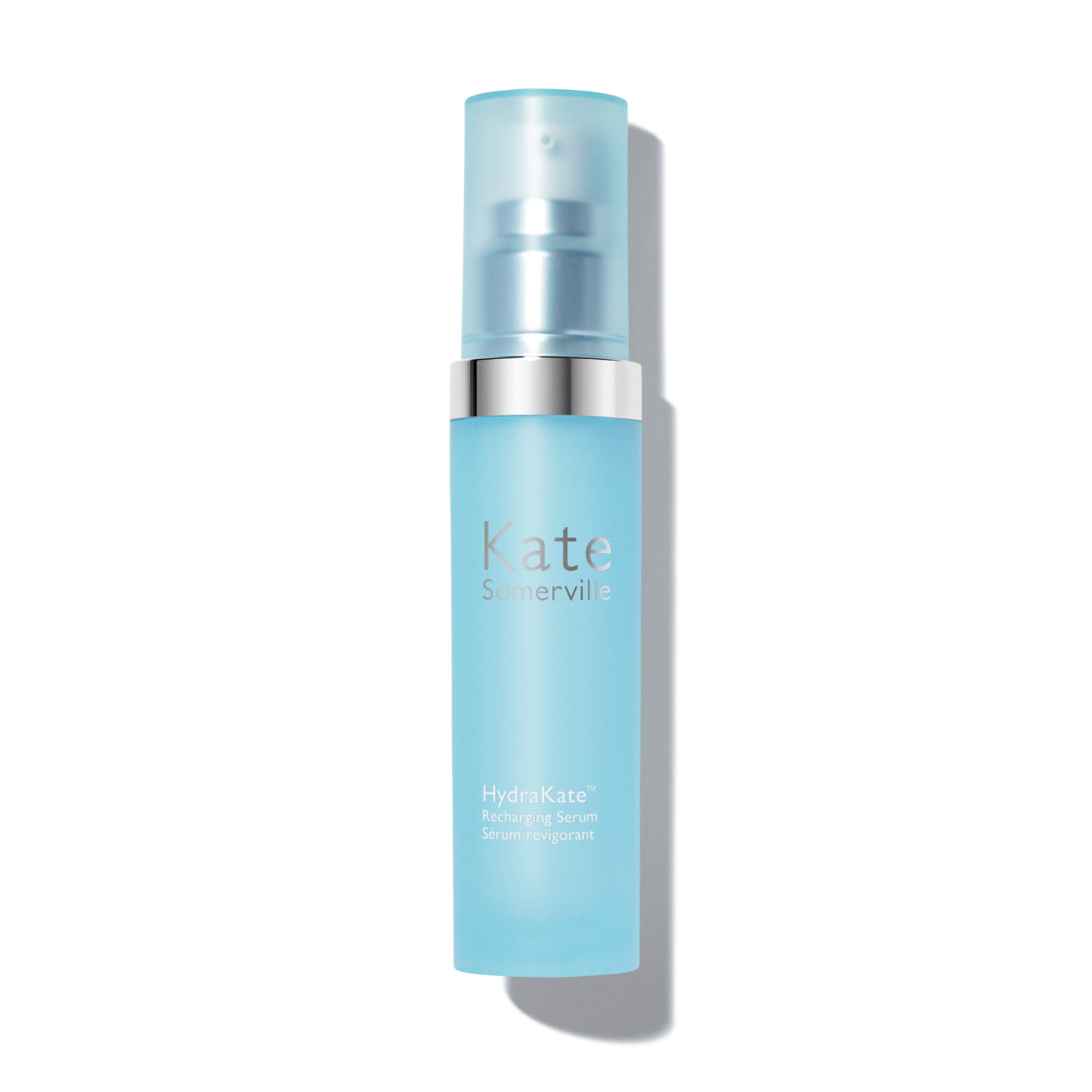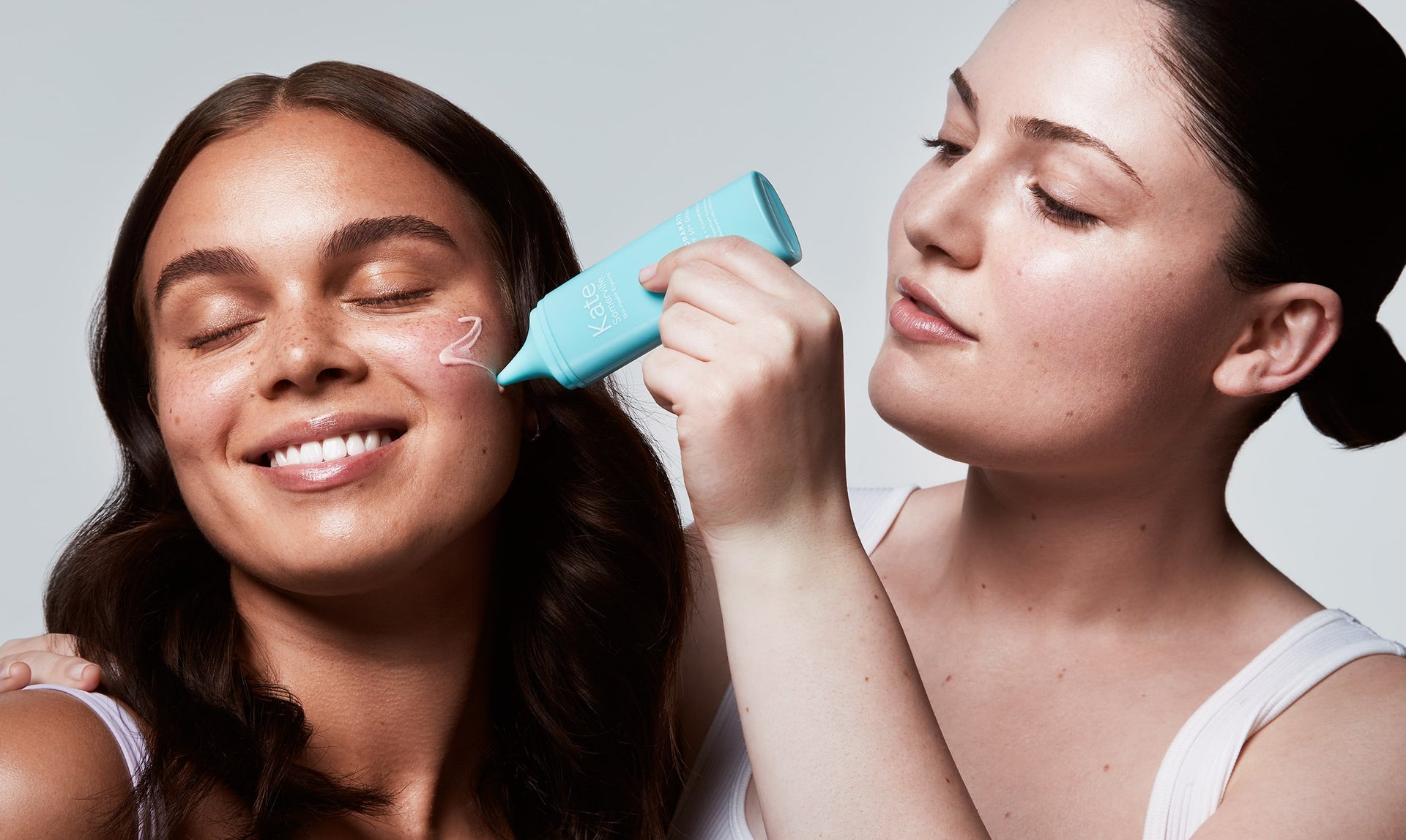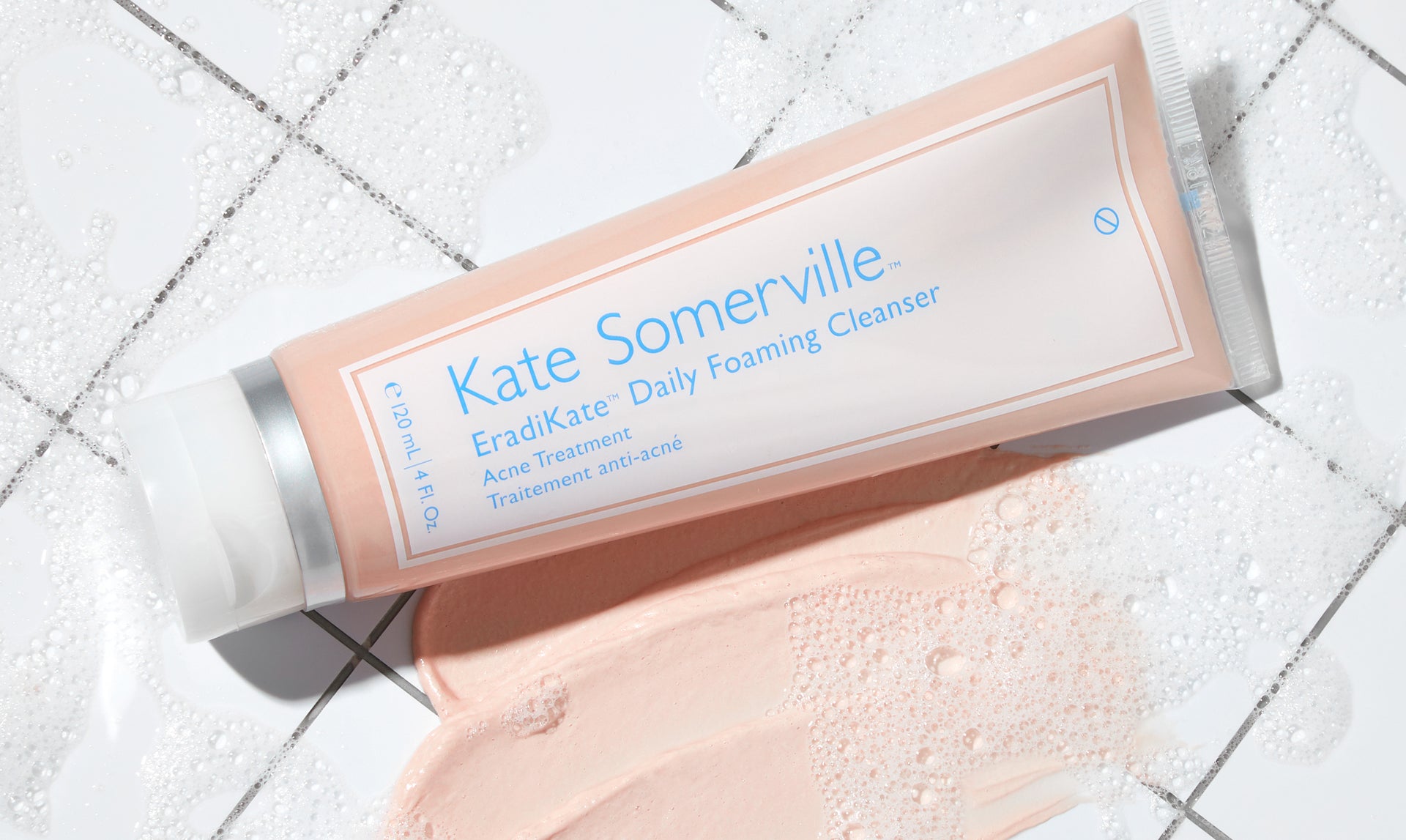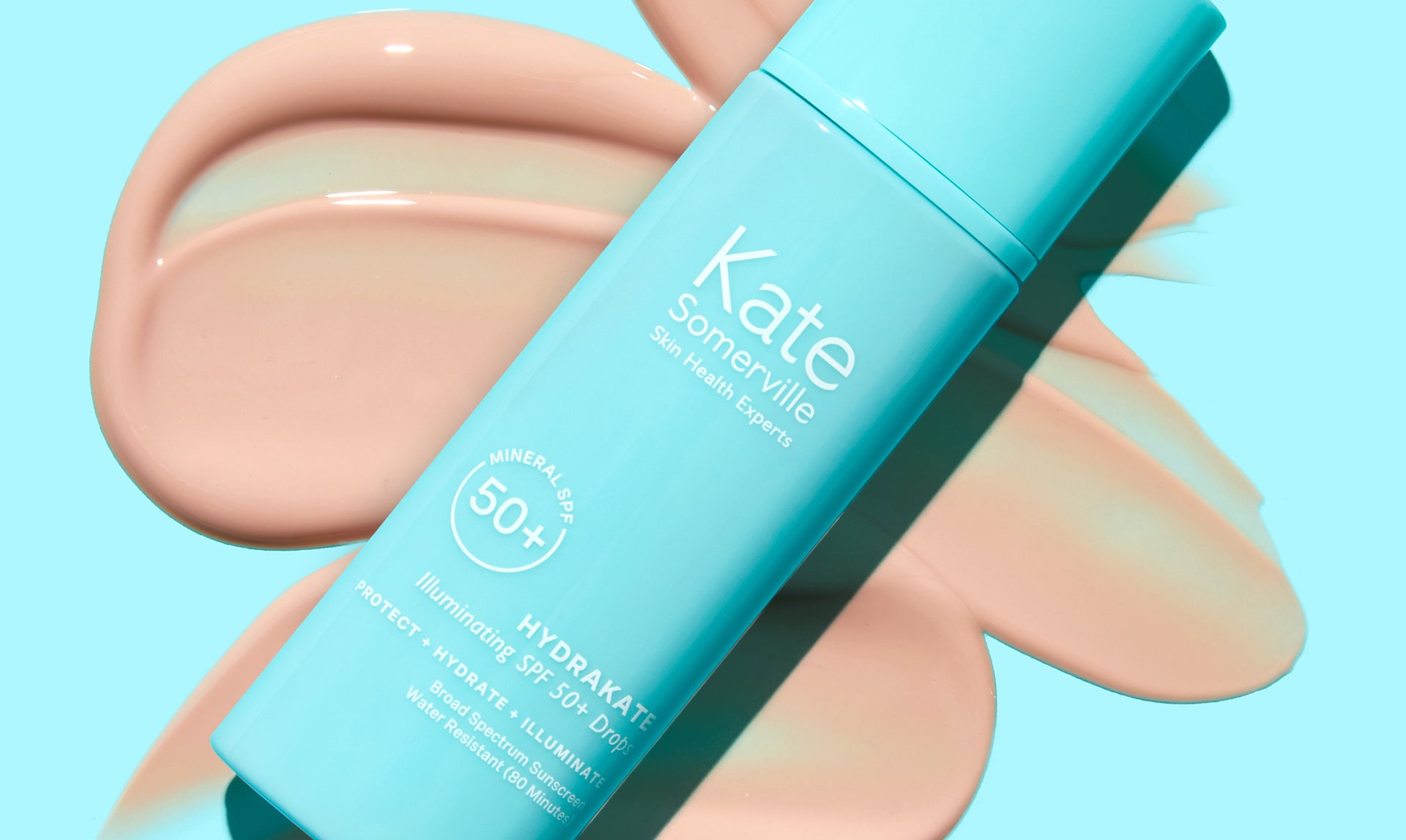Sunscreen is a non-negotiable step in our skincare routine. We slather it on our bodies before heading out for a day at the beach, but what about our faces? The skin on our face needs special attention and care.
When it comes to safeguarding our faces, the application of sunscreen is crucial, but do you know exactly how much sunscreen to use on your face?
It's important to apply enough to protect your skin, but using too much or the wrong type can also lead to skin irritation. Let Kate Somerville walk you through the ins and outs of facial sunscreen application and the proper amount to use for optimal protection.
Mastering Sunscreen Application
Ensuring thorough coverage without overdoing it is key to maintaining skin health and maximizing sun protection. Here are essential tips to achieve just that:
- Measure the Right Amount: A common guideline is to use approximately two finger lengths of sunscreen to cover your face and neck adequately. This ensures you apply enough product to achieve the protection stated on the sunscreen label.
- Apply Evenly: Start by dotting sunscreen on your forehead, cheeks, nose, chin, and neck. Then, using gentle, upward motions, blend the sunscreen smoothly and evenly. Make sure to cover all exposed areas, including the hairline, jawline, and the tops of your ears.
- Layer It Right: If you use multiple skincare products in the morning, sunscreen should be the last step in your routine before applying makeup. Allow any moisturizers or serums to fully absorb into your skin before you apply sunscreen to ensure it forms an effective barrier against UV rays.
- Reapply Regularly: Sunscreen isn’t just a one-and-done deal in the morning. For continuous protection, reapply every two hours, or immediately after sweating, swimming, or towel drying. Using a setting spray with SPF can also help top up your face’s UV defense without disturbing makeup.
Why Facial Sunscreen is Important
The sun emits harmful ultraviolet (UV) rays, categorized as UVA and UVB. UVA rays penetrate deep into the skin, causing premature aging, while UVB rays primarily lead to sunburn. Sun protection acts as a barrier that absorbs or reflects these harmful UV rays, preventing them from penetrating the skin and causing damage.
Choosing the Right Sunscreen
Choosing the right sunscreen will provide effective protection while suiting your skin type and lifestyle needs. Opt for broad-spectrum sunscreens, which shield against both UVA and UVB rays, to ensure comprehensive coverage. Additionally, consider your daily activities. If you spend a lot of time outdoors or in the water, look for water-resistant formulas that maintain their efficacy as you sweat or swim.
With many benefits and easy application, HydraKate Illuminating SPF 50+ Drops stand out as a clear choice for sun protection. This mineral-based sunscreen features an impressive 24.5% concentration of Non-Nano Zinc Oxide, one of the highest levels available on the market. Zinc oxide in sunscreen ensures superior defense against the sun's damaging rays, but what makes our SPF drops special is that they don’t leave any white cast, blending seamlessly into the skin for a clear, radiant finish.
Beyond mere sun protection, HydraKate Illuminating SPF 50+ Drops are meant to be part of your skincare routine. The formula of the SPF drops includes ectoin, a powerful ingredient known for supporting long-term skin health. Ectoin in skincare helps to fortify the skin's barrier, safeguard against urban pollution, and maintain hydration levels, effectively contributing to a healthier, more resilient complexion.
Incorporating SPF drops into your daily skincare routine enhances skin quality with its moisturizing and illuminating properties of ectoin and zinc oxide. Our formula is engineered to hydrate, illuminate, and refine skin texture, leaving your skin looking luminous and evenly toned. By choosing a product that combines effective sun defense with skin health benefits, you're taking a proactive step towards maintaining youthful, healthy skin in the face of everyday environmental challenges.
Types of Sunscreen
When it comes to sunscreen, chemical and mineral sunscreen are the two main types. Chemical sunscreens absorb UV rays and convert them into heat, while mineral sunscreens create a protective barrier that reflects the sun's rays away from your skin. For those with sensitive skin or a preference for natural ingredients, mineral sunscreens, often containing zinc oxide or titanium dioxide, are an excellent choice. On the other hand, chemical sunscreens offer a lightweight and transparent option for easy everyday wear.
So, when choosing between mineral vs chemical sunscreen, consider your skin type and preferences to ensure you're getting the right protection for your needs.
What SPF to Choose
You've seen the letters SPF followed by a number on every sunscreen product, but what do you need to know about SPF? SPF, or Sun Protection Factor, indicates the level of protection a sunscreen offers against UVB rays. As we mentioned earlier, UVB rays are mainly responsible for causing sunburns. Dermatologists generally recommend using an SPF of 30 or higher for daily use.
For extended outdoor activities, such as beach days or hiking, consider using SPF 50 or above to safeguard your skin against prolonged UV exposure. Remember, sunscreen is not just for sunny days. Even on cloudy days, UV rays can still penetrate through the clouds. Don't forget to wear sunscreen on your face every day, regardless of the weather.
It’s important to understand that no sunscreen provides 100% protection, regardless of the SPF. The key lies in proper application and reapplication.
Optimizing Sunscreen Use
Getting the most out of your sunscreen not only includes choosing the right product but also integrating it into your routine effectively. This section will guide you through how to incorporate sunscreen effectively into your skincare routine, ensuring that your skin reaps the full spectrum of benefits from sun protection. Additionally, we will detail how much sunscreen you should be using to maintain optimal protection throughout the day, helping you prevent common mistakes that can lead to inadequate coverage.
Incorporating Sunscreen into Your Skincare Routine
Wondering if sunscreen helps acne, signs of aging, hyperpigmentation, dark spots, etc? The answer to all of these is yes! Sunscreen offers a variety of benefits for the skin and incorporating it into your routine can work wonders. Here's how to add sunscreen to your skincare routine:
- Cleansing: Start with a gentle cleanser to remove dirt, oil, and impurities from your skin. The DeliKate® Soothing Cleanser is a great option, especially for sensitive skin.
- Toning: Use a toner to balance your skin's pH levels and prepare it for the next steps.
- Serums and Moisturizers: Apply any serums or moisturizers you typically use. Wait a few minutes for them to absorb. If you’re looking to add a serum to your skincare routine, opt for a gentle yet effective one like the DeliKate® Recovery Serum that aids stressed skin and restores the skin’s protective barrier.
- Sunscreen: Apply the recommended amount of sunscreen to your face, neck, and any exposed areas.
- Makeup: If you wear makeup, apply it after the sunscreen has fully absorbed. Looking for extra protection, use the UncompliKated SPF 50 Setting Spray after applying makeup.
- Reapplication: Throughout the day, remember to reapply sunscreen every two hours or as needed, especially if you're spending time outdoors.
The Correct Amount of Sunscreen to Use
Using the right amount of sunscreen is as important as selecting the correct SPF. Most people apply far less sunscreen than necessary, which can lessen its protective effects. When it comes to applying sunscreen on your face, the recommended amount is around 1⁄4 teaspoon. This may not seem like much, but applying enough is important to get adequate coverage. An alternative method to determine how much sunscreen you need is the two-finger rule. Squeeze out enough sunscreen to cover the length of two fingers.
A general rule is to cover all areas of exposed skin, including your ears, neck, and décolletage.
If you’re using a spray sunscreen, make sure to apply it generously to ensure complete coverage. It’s also recommended to reapply sunscreen every two hours or more often if you’re sweating or swimming.
Achieving Full Sun Protection
Achieving full sun protection involves more than just applying sunscreen; it's about making sun protection a regular part of your daily routine. Protective clothing such as hats, sunglasses, and long sleeves can keep you out of harm’s way. Reapplication of sunscreen is also just as important as putting it on before you head out for the day. These combined efforts will help defend you against harmful UV rays, reducing your risk of sun damage and skin-related health issues.
Sun Protection for Healthy Skin
Among the various methods of sun protection, applying sunscreen is undoubtedly one of the most effective. However, the effectiveness of sunscreen largely depends on using the right amount, besides choosing the right type and SPF. Sun protection is the cornerstone of healthy, protected, and glowing skin.
When it comes to sun protection, don't forget to also seek out shaded areas during the peak sun hours, typically between 10 am and 4 pm, when the sun's radiation is at its strongest. If you wear makeup, consider using products that have built-in SPF to provide an additional protective barrier.
Remember, taking care of your skin is not just a seasonal concern but a year-round commitment. Prioritize your skin's health, your skin will thank you for it!
Reapplication and Coverage Tips
To maintain the effectiveness of your sunscreen throughout the day, remember to reapply! Sunscreen can wear off due to sweat, water, or simply the passage of time, making regular touch-ups essential for continued protection.
- Reapply Regularly: As a general rule, reapply sunscreen every two hours, especially if you are outdoors. However, if you're swimming, sweating, or towel-drying, you might need to apply more frequently. A handy tip is to set a reminder on your phone as a prompt to reapply.
- Ensure Complete Coverage: When reapplying, don't overlook areas like the tops of your feet, back of the neck, and the ears, which are often missed but still vulnerable to UV damage. For the face, a mineral-based powder sunscreen can be a convenient reapplication option over makeup.
- Use Adequate Amounts: Make sure to use enough sunscreen to cover all exposed skin. Keep the two-finger rule in mind as you reapply to get the most protection out of your chosen product without overdoing it.
Embracing these reapplication and coverage tips will help you achieve comprehensive sun protection, keeping your skin healthy and shielded against the premature aging effects of sun exposure.
We hope this guide to how much SPF for face protection has illuminated a sure path to staying safe while basking in the sun.
